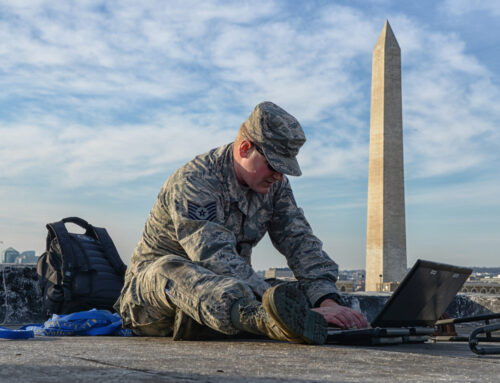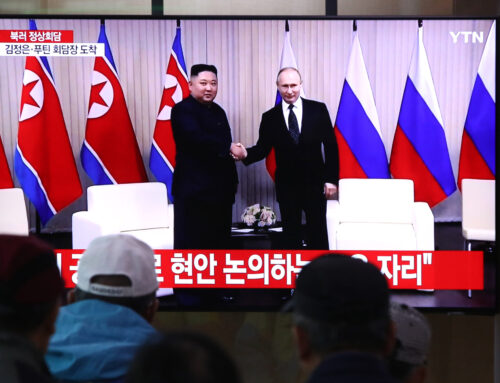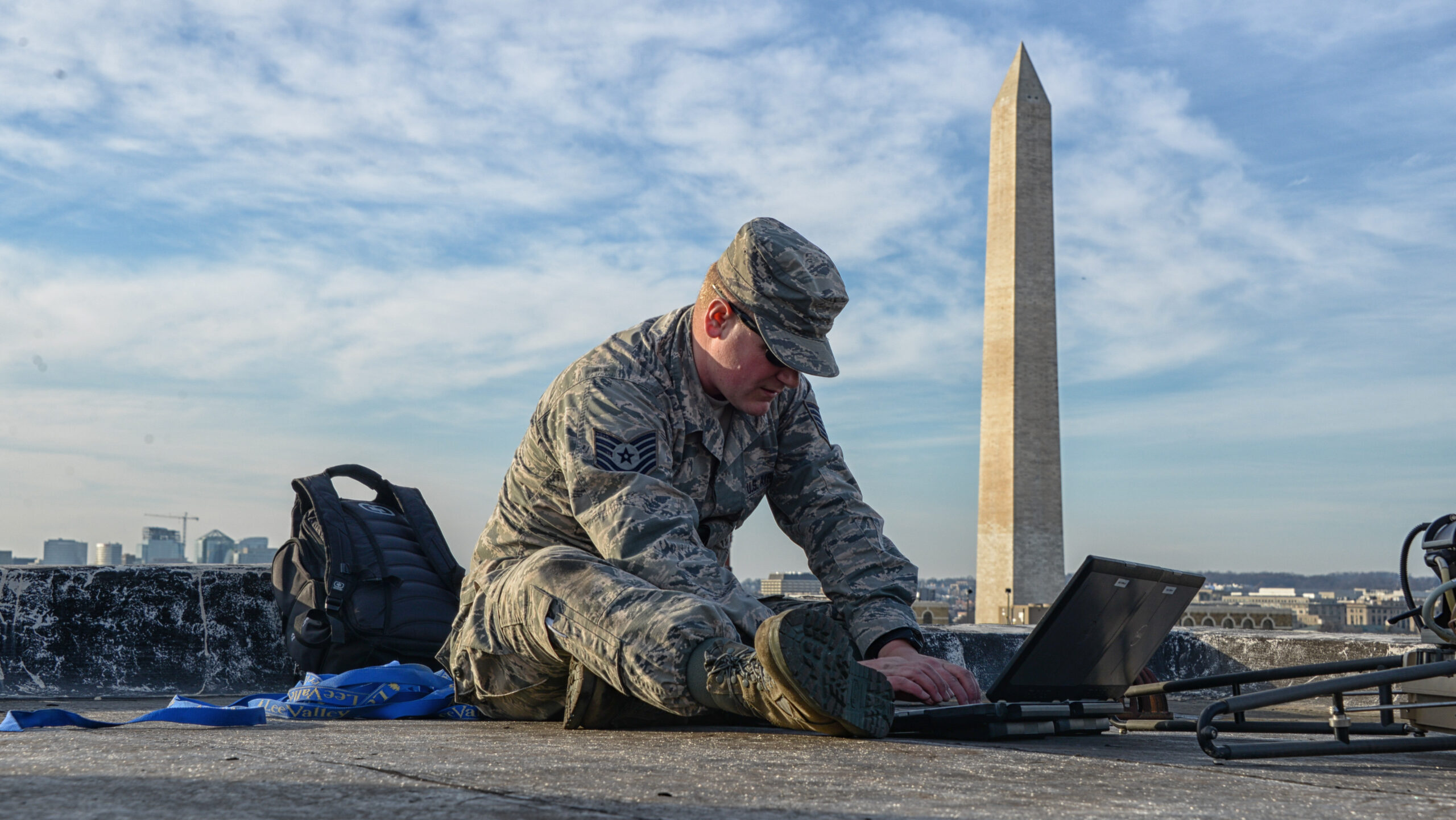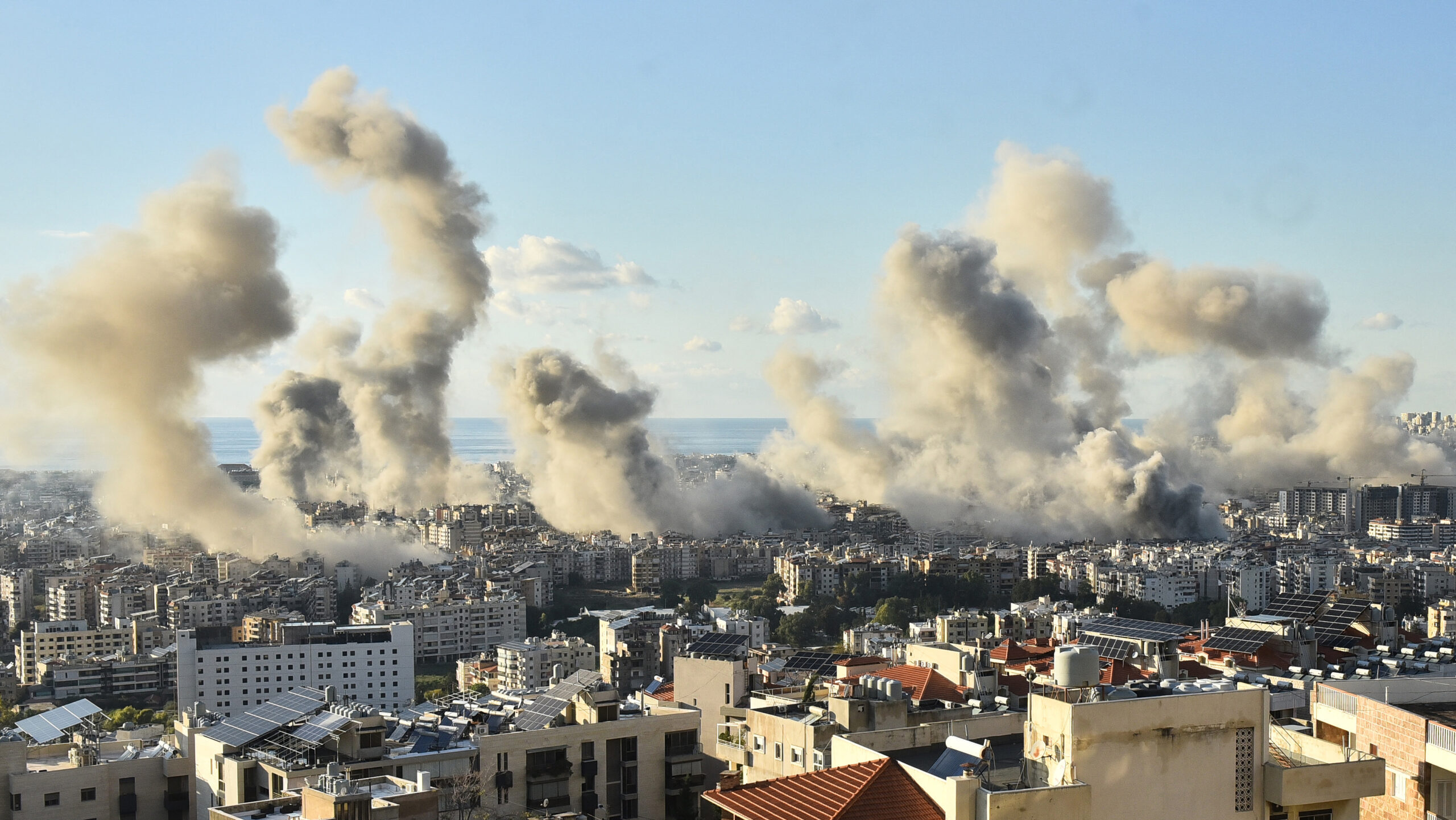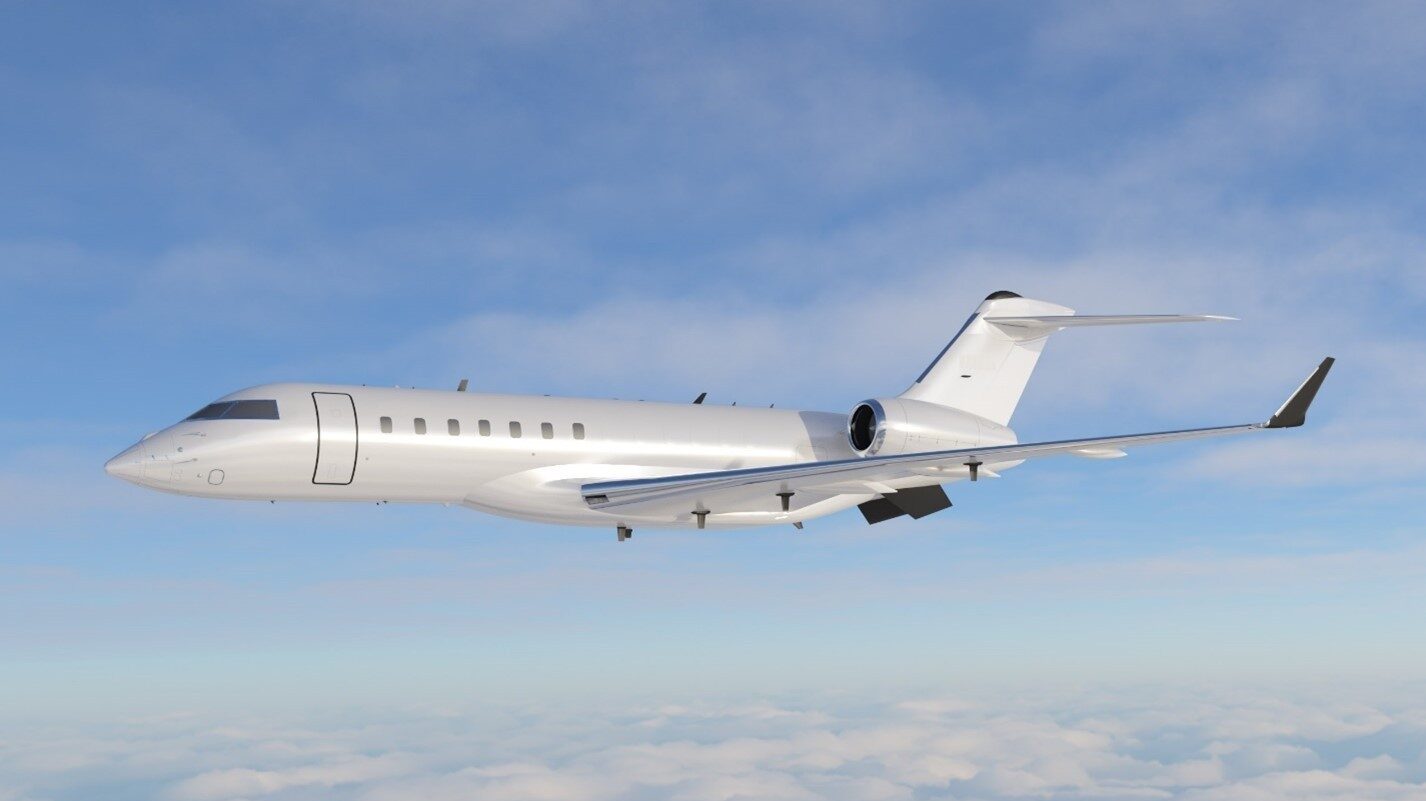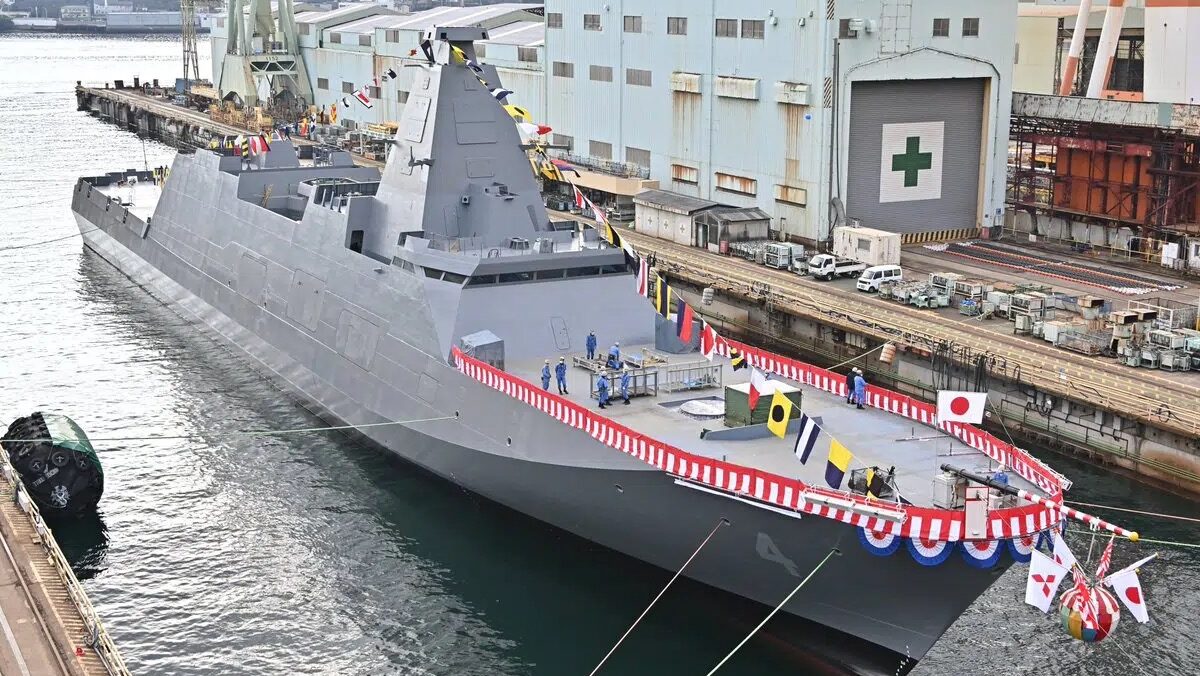The Uncrewed Aircraft Systems Project Management Office, in collaboration with the U.S. Special Operations Command, executed a successful flight demonstration involving the first launch of the Air-Launched, Tube-Integrated Unmanned System (Altius) 700 air vehicle on Dec. 3, at Fort Campbell, Kentucky. Army photo by Daniel Henke. (US Army/David Hylton)
Rotary wing aircraft have dominated Army fleets since the introduction of its first helicopter in 1944, the Sikorsky R-4. They continue to do so today in the attack realm through the AH-64 Apache, in heavy lift with the CH-47 Chinook, and in utility/transport with the UH-60 Black Hawk and UH-72A Lakota.
To those fleets, the Army is now adding a tiltrotor in the form of the Future Long Range Assault Aircraft, which is scheduled for low-rate initial production in 2028 and initial fielding in 2030. The FLRAA program achieved Milestone B in early August, which clears the way for the Army to exercise its first option for “detailed aircraft design” and six prototypes under Future Vertical Lift.
Even though FLRAA is a vertical takeoff and landing aircraft, there’s still a long runway ahead before it’s delivered in quantities that can replace a portion of Black Hawks in service. FLRAA is not intended to take the place of Black Hawk on a 1-to-1 basis. In the meantime, the Army is modernizing the Black Hawk with launched effects, the insertion of autonomy, and re-engining under the Improved Turbine Engine Program (ITEP).
Breaking Defense discussed these modernization programs with Army Col. Ryan Nesrsta, program manager, Utility Helicopters, PEO Aviation. In addition, the Army Aviation Center of Excellence, Fort Novosel, AL, provided additional context with written responses to the first two questions.
Breaking Defense: With the Army’s focus on FVL and the FLRAA tiltrotor configuration, what’s the continuing relevance of rotary wing aircraft?
Col. Ryan Nesrsta: The Army has made a significant capital investment in rotary wing platforms up and to this point. In light of that decision and investment, there’s going to be an extant requirement for interoperability [and] pacing the threat with respect to survivability.
There’s going to be continued relevance for the rotary wing fleet to interoperate with tiltrotor aircraft in any theater of operations. It requires judicious and continued investment in the portfolio to ensure that the Future Vertical Lift family of systems is enabled.
Army Col. Ryan Nesrsta is program manager for Utility Helicopters at PEO Aviation.
Army Aviation Center of Excellence: The FLRAA platform provides a great capability to air assault soldiers from relative sanctuary in friendly and secure areas to deep into adversary territory, far beyond what we can do today. Black Hawks will still be needed for shorter distances, while the Chinook remains the only heavy lift vertical aircraft and the Apache the only attack aircraft in the Army Inventory. Army Aviation exists to support the soldier on the ground, regardless of the aviation platform (manned or unmanned).
What’s the role of rotary wing aircraft in multi-domain operations? How will their usual missions of transport and air evac evolve under JADC2?
Nesrsta: There’s lessons learned with respect to pacing threats today, both in Ukraine and in the Pacific. We are currently employing rotary wing assets in those environments, and our partners and allies are utilizing them with some success.
To speak to relevance in your previous question, whether it’s through Project Convergence or other experimentation efforts [such as] EDGE, we eventually demonstrate these burgeoning technologies on our existing platforms. It’s a risk calculation. It’s maturity in technology. It allows us to scope the experiment in a way that we can focus on the truly innovative technologies that we’re trying to employ [and] qualify those capabilities on the rotary wing platforms to address interoperability and relevancy in 2040 and beyond.
The Black Hawk’s proven versatility positions it well as a platform for demonstrating those new technologies. Again, we quite often see, whether it’s Spike NLOS (a non-line-line-of-sight long range precision munition) or early versions of both small and medium launched effects, they have been employed on Black Hawks to basically explore concept development and also address technical challenges that we’re not familiar with in that new profile.
One of the other elements that is a milestone for aviation in general is the employment of an autonomous Black Hawk during last year’s Convergence. It was used for a battlefield resupply of blood, a simulated casualty evacuation, and an external sling load.
Army Aviation Center of Excellence: In multi-domain operations, Army Aviation will be able to ‘extend’ to distances at 500 km (with ITEP). Combined with launched effects, Army aircraft will be able to ‘reach’ and prosecute targets at double the current range. Combined with support of layered air defense, electronic attack and preparatory fire missions creating multi-domain effects, Army Aviation [can] reach beyond the FLOT (forward line of own troops) in support of the ground commander.
Rotary wing aircraft will still move people and equipment faster than ground vehicles or watercraft. In JADC2, Army rotary wing aircraft will link into mesh networks to pass data to commanders across the battlefield to foster a joint common operating picture, either as a deliberate airborne node or while executing their other mission tasks. A common joint air picture enhances survivability, improves engagement times, and provides situational understanding reducing the fog of war.
How has the Black Hawk autonomy program progressed since the last PC?
Nesrsta: We’ve continued to explore that capability, and have worked with DARPA on what is a planned technology transition agreement to further mature those technologies that lend to, again, tech maturation and risk reduction of what are FLRAA’s requirements for an optionally piloted vehicle capability.
We’re actively pursuing multiple efforts to further mature sensor fusion, autonomous algorithms, and full authority fly-by-wire flight controls as part of our general modernization strategy within the utility office. These three distinct but interrelated lines of effort will evolve from a spectrum of cognitive offloading, to minimally crewed, to ultimately an optimally or optionally crewed system.
Again, we believe that this approach will reduce that technical risk for the acceleration and integration of autonomy, not just in Black Hawk but also FLRAA’s subsequent Increment 2.
Are there plans for an autonomous Lakota, or is the Black Hawk going to be your demonstrator?
Nesrsta: At present, we have evaluated SBIR CATALYST opportunities to get with non-traditional companies in the area of alternative platforms as the surrogate. [SBIR CATALYST] is an opportunity for cost share where we work with small business and non-traditional defense companies, [and] the government commits to being a transition partner for certain capabilities. We also have submitted a request for technology maturation on full authority fly-by-wire controls for the aircraft going forward.
We’ve also looked at partial authority systems [and are] pursuing all avenues available for resourcing outside of the existing budget to allow for innovation to occur on the platforms.
Two GE Aerospace ITEP powerplants were recently delivered for installation on the UH-60M. What are the technical challenges that still remain regarding airframe integration? What’s the flight test schedule?
Nesrsta: We just had a meeting with the enterprise, and by that I mean our partners from both OEMs, GE and Lockheed Martin, on how we address the nuanced challenges of engine airframe compatibility. This has not been done for some time other than the YT706 integration on one of our service’s platforms.
There’s lessons learned from previous experience but knowing that there’s a significant learning curve with respect to the integration of an engine on even a mature platform. Design for integration has been ongoing on the UH-60M with the delivery of the engines; physical integration has begun in earnest.
UHPO (Utility Helicopters Project Office) and the ATE (Aviation Turbine Engines office) continue to lean heavily on those lessons learned from previous integrations to overcome challenges. [They] are working toward a first flight of the Black Hawk in late FY25, early FY26.
Army, GE Aerospace, and Sikorsky representatives stand beside the two T901-GE-900 (T901) engines delivered for Black Hawk integration in West Palm Beach, Florida on Jun. 27. (Sikorsky photo)
What are your demand signals to industry about how to improve rotary wing aircraft?
Nesrsta: The Utility Helicopters Project Office is focused on delivering a Black Hawk that supports the Army of 2040 plan, is capable of operating within the air-ground littoral, and maintains fleet reliability and relevance through 2070.
We intend to do this through Modular Open Systems Architecture, general obsolescence management, IT integration, and survivability and air vehicle modernization opportunities.
UHPO continues to work closely with industry partners to provide demand signals around these initiatives. We’re receptive to industry input for providing more adaptable, affordable systems that are capable of incorporating rapid technologies and upgrades to counter evolving threats.
How can you bring a digital backbone from FLRAA, for example, to legacy utility fleets to be MOSA compliant and capable of deploying launched effects, for example?
Nesrsta: I’ll allude to another program within the portfolio. It is the H-60 Victor, which was a government effort to provide an open systems architecture to an enduring or an existing platform. In that general effort, we proved that it was possible to integrate a MOSA-aligned mission avionics architecture into a legacy aircraft.
UHPO’s been using those lessons learned from the H-60 Victor program along with FLRAA’s use cases. We’re using their architecture framework to execute a phased approach that’ll develop, qualify, and field a MOSA-conformant H-60M avionics architecture that includes a modernized digital backbone. This architecture will employ graphical and data distribution for increased modularity both in software and in the physical space, and openness to rapid and cost-effective fielding of new capabilities on the Black Hawk.
As a part of the aviation rebalance decision, we have been having detailed conversations on derivative technologies from the FARA (Future Attack Reconnaissance Aircraft) program from each of the participants. We have looked across the portfolio to see where appropriate we can continue that good work that was made during the FARA effort. For those that fit, we will continue to mature those technologies within the budget that’s provided.



